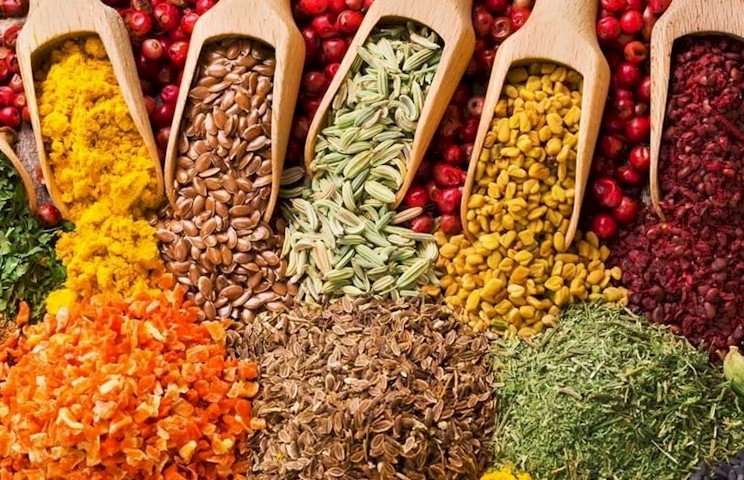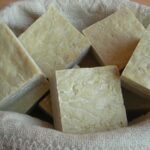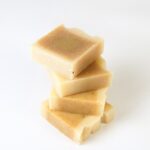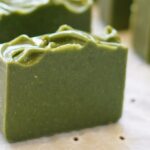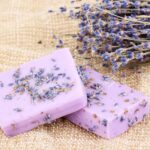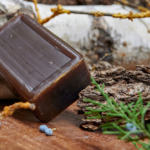The secret of delicious food hides in its expertly blended spices. The health reserve condiments are one of the fundamental reasons why all the world loves traditional Turkish cuisine. Let’s take a look at the uses and healings of exquisite Turkish cuisine spices together.
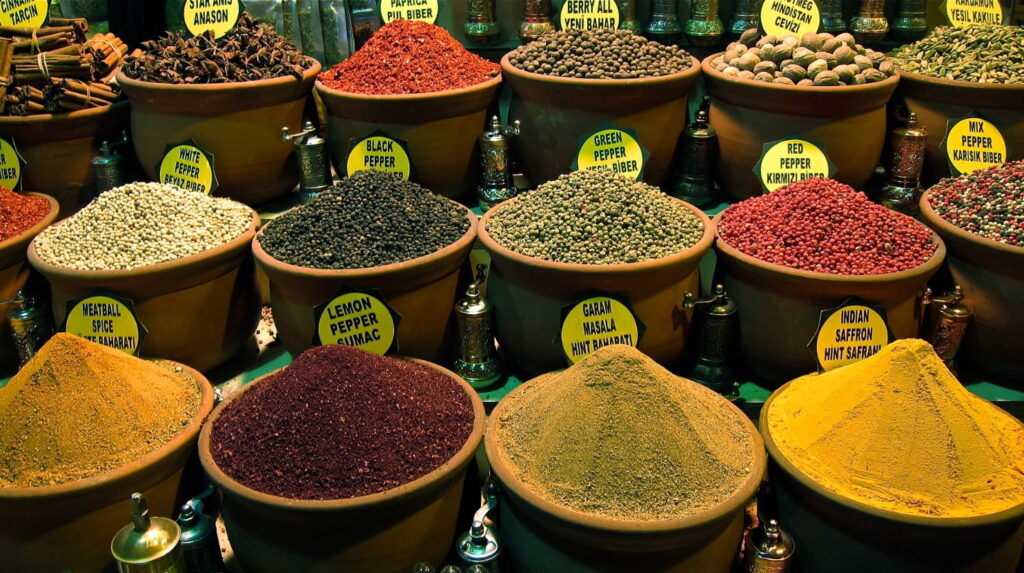
Rosemary
Rosemary, which people often use to give a pleasant smell and aroma, is a powerful source of antioxidants. It overcomes stress. You can use the plant in your food or salads, fresh or dried.
Gum Mastic
Gum mastic is among Turkish cuisine spices. The aromatic gum mastic adds flavour to ice cream and Turkish coffee. Gum mastic is very useful for stomach health and the digestive system.
Bay leaf, one of the most common Turkish cuisine spices
Aromatic bay leaf, which is a favourite to give a pleasant smell to meat and fish dishes, increases body resistance. It creates a shield against diseases with its antiseptic properties.
Galangal
It is a member of the gingerbread family. You can consume the plant by brewing like tea or adding it to pastries. You can use it with children due to its strength-giving effect when mixed with honey.
Cardamom
You can use it as a condiment in hot drinks such as milk desserts, dried fruit compote, tea and coffee. Its intense aroma and somewhat astringent taste also create a perfume for smoothies. In addition, Cardamom strengthens memory and refreshes the foul breath.
Clove
Cloves consumed as herbal tea or aromatics in black tea are one of the strongest known natural antiseptics. Therefore, the plant, which the medical sector uses for centuries, is good for toothache. It refreshes the breath, and this is why people love cloves. You can also use it for nausea and bloating.
Thyme
Thyme, indispensable for meat dishes, is common in Turkish cuisine as well as in World Cuisine. Thyme has a vast range of uses from skin health to high blood pressure, heart health, and hair care. Apart from being a condiment of dishes, thyme is also used by brewing like tea.
Cumin
Cumin, the crown of meatballs and meat dishes, has an intense essence. One can notice a dish with cumin in it from meters away. Cumin, one of the biggest natural enemies of asthma, also strengthens the immune system.
Coriander
Coriander has an important place among Turkish cuisine spices. In bell pepper, rice, fish, soups etc. It’s in harmony with many dishes you can think of. Coriander is one of the most popular spices of traditional Turkish cuisine. Coriander, which people use in the seasoning of chicken, also plays a role in killing bacteria.
Musk
Musk, which people widely consume in stew and bakery dishes, maintains heart health. This spice, which has positive effects on memory, is also common in fish dishes.
Muscat
Turkish cooks use muscat, the core of sweet and juicy fruit, in many areas, from potatoes and meat to soups. The muscat, which has benefits for stomach ailments, also has an antiseptic property.
Mint
Mint is certainly one of the most commonly used Turkish cuisine spices. Mint adds flavour to desserts and dishes with its intense essence. Consequently, it is one of the most common spices Turkish cooks use. They use mint in many areas, from sprinkling on salads or soups to meat dishes, from hot or cold drinks to desserts. Mint has a refreshing effect and is the most commonly used natural aroma. Mint has a beneficial effect on the respiratory tract and is also good for colds.
Saffron
Saffron takes a primordial place among Turkish cuisine spices. Saffron, an organic miracle of the pharmaceutical, food, cosmetic and dye industries, is favourite in soup, rice and meat dishes. Consumed as infusion saffron is effective during the PMS period.
Sumac, among quintessential Turkish cuisine spices
Cooks use sumac in fish, chicken, turkey and red meat dishes. Sumac is also favourite in onion salads. It has an effect that facilitates digestion and stabilizes sugar.
Cinnamon
Cinnamon exists in many sweet and salty dishes of traditional Turkish cuisine. Cinnamon makes everything it blends taste better. Cinnamon balances blood pressure and blood sugar. You can even use cinnamon by adding a stick to your water. Cinnamon eliminates the need for dessert. Decoction of cinnamon in yoghurt is also among practical alternatives.
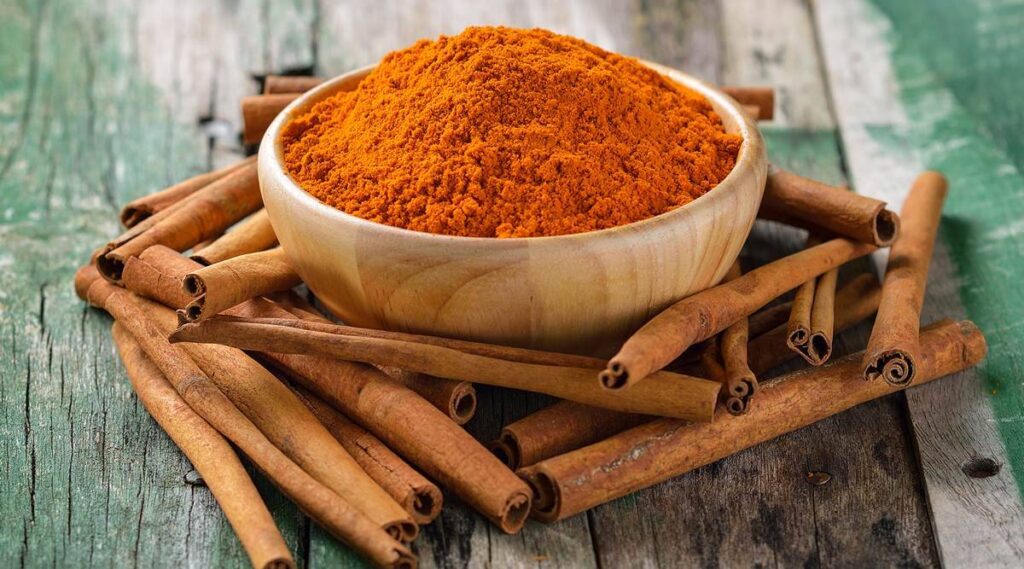
Zahter (Blend of powdered thyme), among Turkish cuisine spices
The Spice zahter, which is similar to thyme, can be consumed as an infusion or added to hot drinks. Zahter, suitable for kidney diseases, can be an exquisite breakfast.
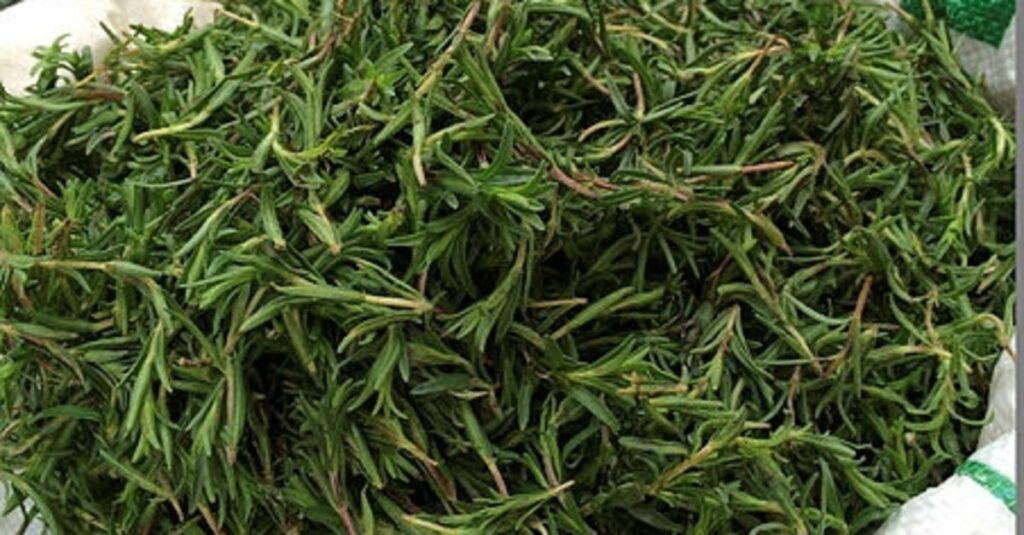
Turmeric
It protects you against diseases by increasing immunity during seasonal transitions. Turmeric is perfect for soups and salads. It balances body temperature by accelerating blood circulation. Do not miss from kitchens the miraculous spice that protects the health of the liver.
Spice plants are divided into groups according to their used parts :
• Spice plants benefited from the roots: such as black radish, red radish, turnip.
• Spice plants benefited from their trunks: such as Ginger, cinnamon.
• Spice plants benefited from leaves: such as mint, thyme, parsley, sumac, dill, rosemary, sage.
• Spice plants that are in the structure of onions: such as kitchen onions, garlic.
• Spice plants benefited from the flowers: such as Carnation, Safran, Darcis.
• Spice plants benefited from fruit: such as cumin, anise, black pepper, red pepper, vanilla, coriander.
• Spice plants benefited from the seeds: such as mustard, fennel, doughnut, grill.
Collection of spice plants
• Leaves: plants are collected just before flowering and at the flowering time when they are young but fully developed.
• Flowers: collected at the beginning of flowering, in Bud, young and fresh before fully opening.
• Roots: when they complete their development, at the beginning of spring or autumn.
• Fruit and seeds: when fully ripe.
For more information about Turkish spices, please visit the Terka company website. Or you can check out our Agriculture&Food Listings for more companies in the industry.
